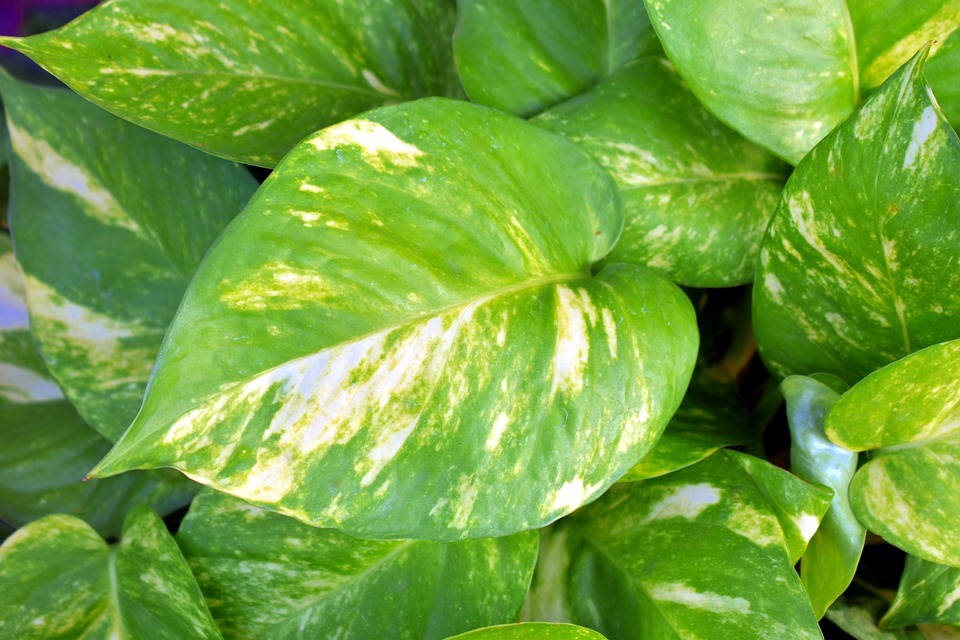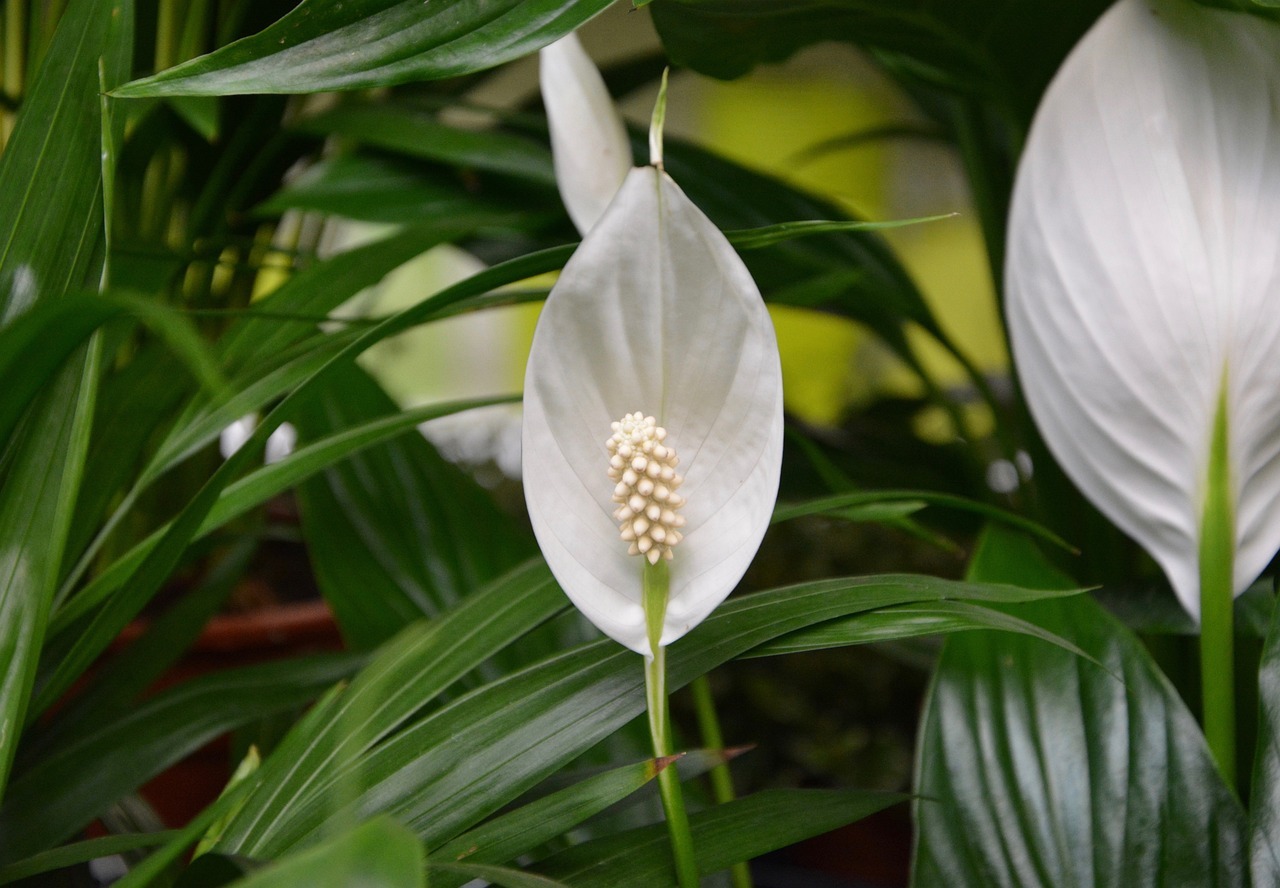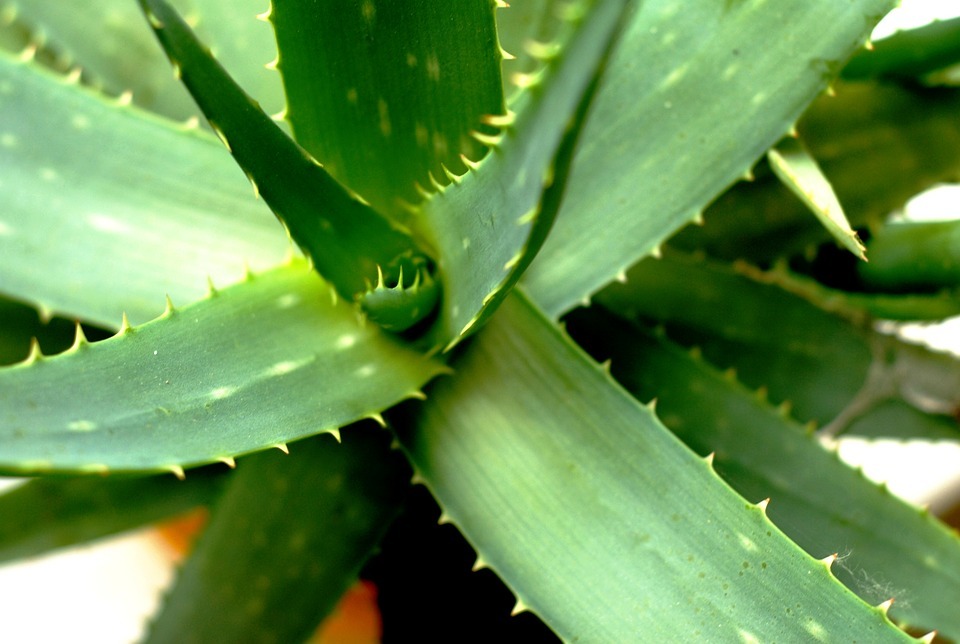If you want a functional decoration to liven up your home, look no further than the houseplant. Greeneries (the real ones, of course) can help create a more relaxing ambiance in the house. Though not extremely significant, these plants can help improve your health by purifying the air. It’s also documented to lower blood pressure and lower stress hormones.
An experiment by NASA in 1989 found that certain indoor plants can help improve the air quality in a house by absorbing chemicals like formaldehyde and benzene from the air. You may not be aware of it, but poor air quality may be common in indoor spaces. Furnishings, synthetic building materials, upholstery and cleaning products can emit a variety of toxic compounds like formaldehyde. Adding some plants can purify your indoor air, as they can absorb some of the particulates from the air while taking in carbon dioxide.
Here are some beautiful houseplants that are very easy to take care of and is effective at clearing out toxins for cleaner breathing air.
English ivy
English ivies are often used as an outdoor plant that crawls on walls of old buildings, but they are great to keep indoors, too. It’s especially great for people who are sensitive to smoke. This ivy has also been found to filter out formaldehyde and xylene, and is incredibly good at absorbing mold. This plant tolerates sun, but it is happier in shaded areas so it won’t dry out.
Golden pothos
Golden pothos is a very common houseplant that are exceptionally hardy. It’s actually a starter plant for gardening newbies, so even if you lack a green thumb, it’s less likely that you’d kill it. According to NASA clean air report can remove chemicals like benzene and trichloromethyl. Try adding it to your living room or kitchen as a hanging plant, as the leaves will grow down in vines. This plant tolerates low levels of sunlight and irregular watering.
Garden mum
Garden mums are common for a garden, but it would be a good idea to have some pots inside the house, too. This plant is inexpensive and can be easily bought from garden stores. Plus, it can bring a nice pop of color to any room. The NASA study found out that it can remove pollutants like ammonia, benzene, xylene and formaldehyde from your indoor space.
Peace lily
The beautiful white lily is a beautiful flower to keep in the home. It’s small, but it does pack some major air cleaning abilities. It does well in shade and cooler temperatures and it can reduce levels of benzene, formaldehyde, ammonia and trichloroethylene other chemicals emitted from harsh cleaning products. Peace lilies are easy to grow – just make sure you put them in shade and indirect sunlight. These properties make it a perfect house plant for an apartment that doesn’t get a lot of natural light. However, since it’s a flower, it can contribute some pollen and floral scents, so you don’t want to fill your house with it.
Snake plant
Perhaps you’ve seen a snake plant thriving even in the most unlikely spot. That’s because it’s hard to kill. Snake plants don’t need a lot of light or water to survive, making it an easy choice for a plant to put on a corner. You must let the soil dry before watering it again. It’s especially great to display on a bedroom, as it absorbs carbon dioxide and releases oxygen at night, giving your bedroom a clean air boost as you sleep. It improves air quality by removing benzene, formaldehyde, toluene and trichloroethylene from the air.
Philodendron
Philodendron is a sturdy decorative plant that can potentially last for years. It’s a popular plant of choice for indoor areas, and that’s why you’ve probably encountered many fake versions of these. They’re easy to care for, and its heart-shaped leaf is very decorative. It’s good at absorbing xylene that is common in gasoline and paint thinners. They only need some sunlight and moderate water, and they’ll be fine.
Aloe vera
The aloe vera plant is the best succulent to own. Besides being easy to care for, aloe vera comes with a lot of serious health claims. The gel of the plant is full of enzymes, vitamins, amino acids and other compounds that can help soothe skin conditions like sunburns, cuts and psoriasis; aid hair growth; improve skin; inhibit growth of bacteria and infections; and lower blood sugar levels. Besides these many benefits, it can help clear the air of pollutants found in paint and cleaning products like formaldehyde. All this plant needs is to be in a sunny location and water every three weeks.
Boston ferns
Boston ferns can boost moisture and humidity in your home, so you don’t get dry skin even in chilly temperatures. These ferns are a very low-maintenance plant that thrives in indirect light. Do note that they need to stay moist, but never soggy. It has the ability to remove harmful compounds like formaldehyde, xylene and cigarette smoke in the air. Its leaves absorb these compounds and turn it into materials that the plant uses, so it’s a win-win situation.
Red-edged dracaena
Dracaena has 40 different species, so it’s easy to find in any plant store. The red-edged variant is beautiful and vibrant with colorful leaves perfect for decorating. This plant can remove toxins like formaldehyde, xylene and trichloroethylene from the air. It grows best in bright sunlight and only needs to be watered when the soil is dry. This plant has long foliage and wide leaves, and some can grow up to 15 feet tall, so it’s best for houses with larger spaces. Also, dracaena can be toxic to cats and dogs, so pet owners might need to steer clear of this plant.
Rubber plant
Speaking of large plants, the rubber plant is also superb at cleaning the air as its large leaves absorb much material. It excels at removing chemical toxins like formaldehyde, plus it’s not that difficult to take care of. The rubber plant thrives in dim lighting and cooler climates. But this plant can be toxic to animals, so be mindful of this if you have pets around.
Bamboo plant
Bringing you more than good luck and natural decoration, the bamboo plant can also provide air purifying functions for your home. It’s particularly effective at clearing out formaldehyde, benzene, carbon monoxide, chloroform and xylene. Part of the reason why they can filter a lot of toxins in the air is that they can grow to be big, as tall as four to 12 feet high. Besides being a decoration, it can also serve as a divider in your home. It grows best in shade or indirect sunlight, and it needs to be watered once a week.
Spider plant
Spider plants look great hanging or potted. It’s good at fighting pollutants – in fact, one type of it (the Chlorophytum comosum) can absorb 90% of carbon monoxide and formaldehyde. This plant loves humidity and it can thrive in a steamy bathroom or kitchen. It needs access to indirect sunlight and water once a week.



